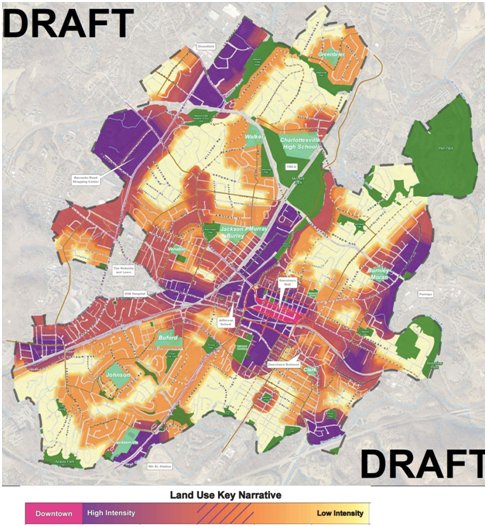The Barracks-Rugby-Preston NA was formed in 71 to stop a 4-lane expansion of Preston Avenue from 10th St. to Emmett St.
A desire for a mythical peaceful past that white citizens have, that was rooted in segregation and white supremacy, informed the way the city developed.



















